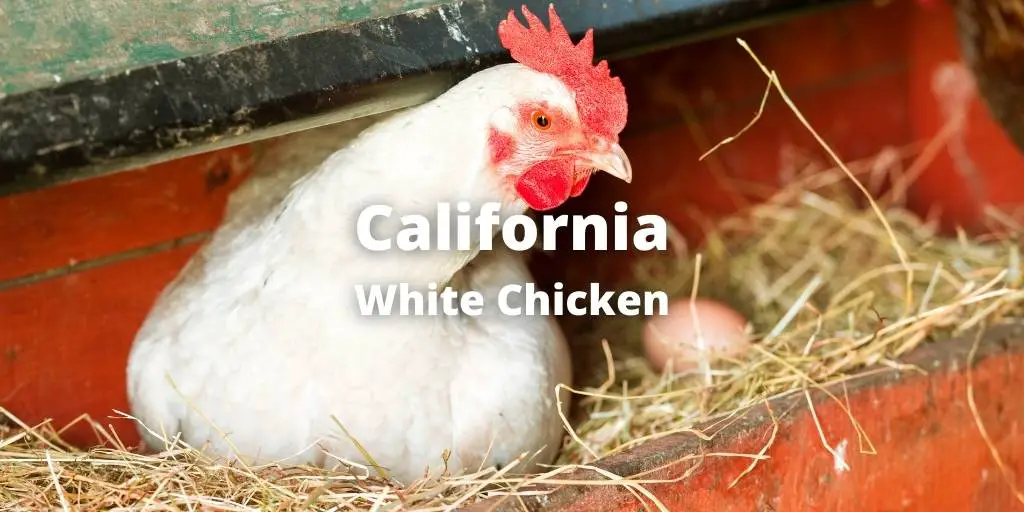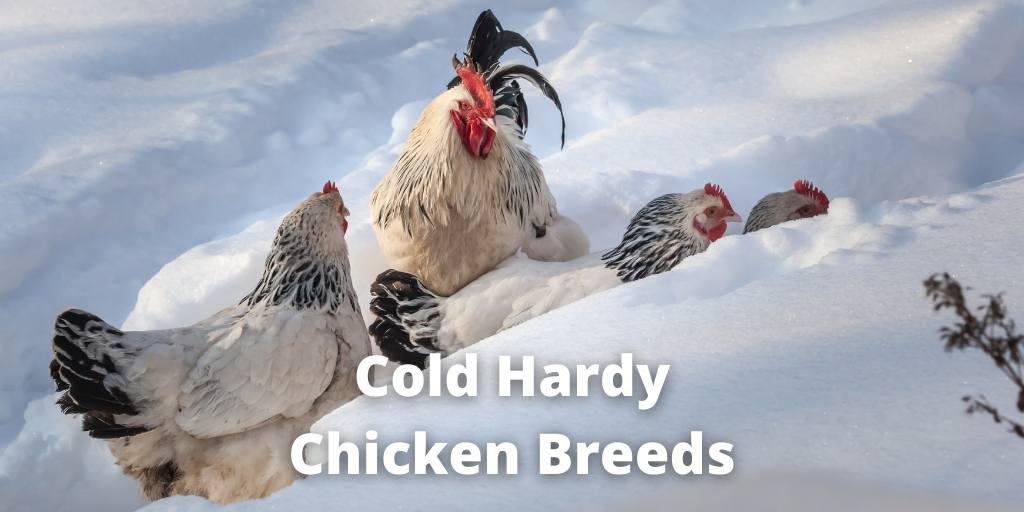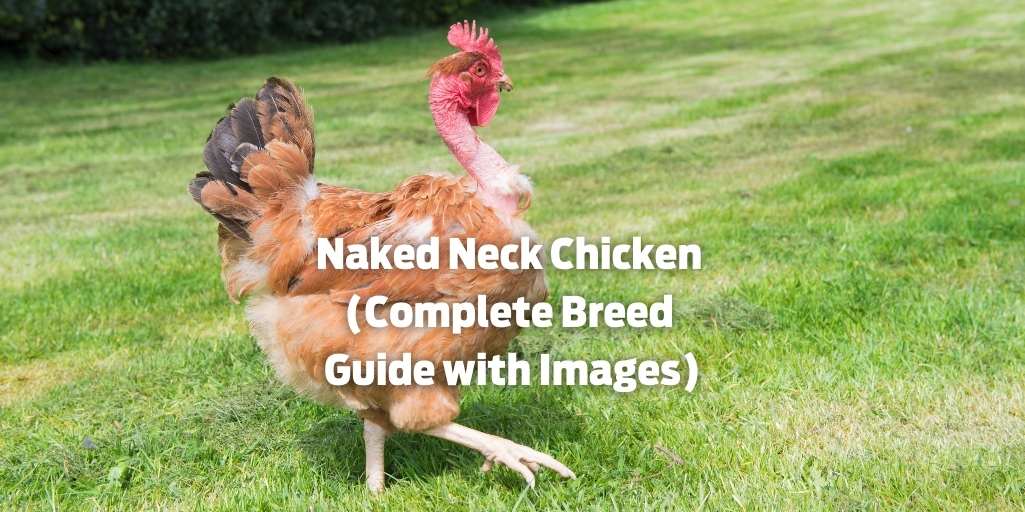Do you want to know about the California White Chicken or California Whites? This hybrid chicken is highly popular because of their egg-laying quality.
With their large-sized eggs, they show a docile, friendly, gentle deposition. The California White hens lay 250–300 eggs per year.
Laying many eggs makes them a great backyard hen which is used for commercial egg farming and small-scale egg business.
They are lovely and calm, which makes them suitable for beginners. Moreover, they are hardy chickens, so, you can raise them in both cold and hot climate areas.
In this guide, you will learn all the information about California White Chickens like their history and origin, varieties, lifespan, color, size, characteristics, care guide, pictures, and more.
History and Origin
California is the place of origin of the California White Chicken. This new hybrid chicken originated in the mid-20th century.
The California White Chicken developed from the California Gray Chicken. James Dryden, a poultry breeder, began developing a California-adapted breed in the 1930s.
He crossed White Leghorn, New Hampshire, and California Gray to develop a chicken that could survive California’s heat and drought.
Dryden created the California Gray Chicken, which was hardy, adaptable, and egg-laying. But the California Gray’s color was unattractive for commercial use.
Thereafter, Dryden kept breeding and created the California White Chicken to solve this problem.
California Gray and White Leghorn were crossed to produce the California White chicken. This crossbreeding produced a chicken with adaptability, egg-laying qualities, and a white plumage that looks good to consumers.
The California Whites became popular in California and spread worldwide. It was famous for its all-year-long production of massive white eggs.
California White chickens were popular with backyard chicken keepers and commercial farmers due to their hardiness and disease resistance.
The American Poultry Association does not recognize the California White Chicken as a breed. High egg production, docility, and climatic adaptability make it popular hybrids.
Color Varieties of California White Chicken
The California white domestic chicken is available in only one white color. An adult chicken is almost purely white. But, it may have spots of some dark coloring on its feathers closer to the lower back.
The crest’s color is red, the same as its wattles and the earlobe. The California White chicks are yellow with small black dots, while the pullets are white with darker black spots.
Lifespan
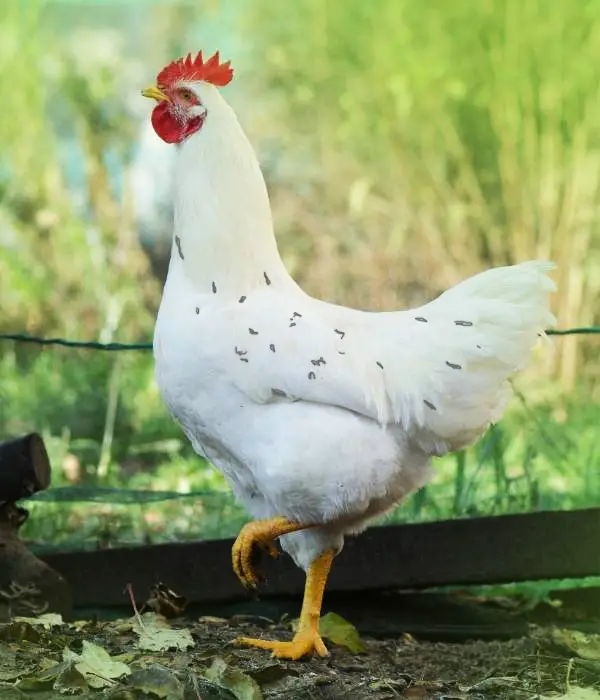
Genetics, diet, living environment, and care affect California White Chicken life expectancy. California Whites live 5–8 years on average.
Sometimes they can live 10 years or more with proper care. However, some hens may live shorter due to health difficulties or other circumstances.
With a balanced feed, clean water, shelter, and safety from predators and extreme weather, they can live a longer life.
Moreover, giving them a stress-free environment with long spaces in the backyard helps them to live healthily.
With proper care, California White chickens can live a long life, providing their owners with years of fun and delicious eggs.
Temperament of California White Chickens
California White chickens are always friendly and docile with their owners and flocks. Their adaptability is the reason which makes them popular.
They are social birds, so they love to interact with new flocks, people, and their owners. If you have kids in your home, they will love to play with them.
California Whites are highly adaptable hybrids, which is why they can easily live in both hot climates and cold places. Moreover, you raise them in both free-range and confined spaces.
They easily live with mixed flocks so, if you introduce them to a new flock, they will easily live with them.
Eggs Production (Laying Age, Count, Egg Size, and Egg Color)
At around 17 weeks, the California White hens begin to lay eggs. It may lay an average of around 5 to 6 large-sized eggs per week.
They lay about 300+ eggs in twelve months. This makes it the favorite fowl for domestic poultry farmers who want to produce eggs for business.
The California White chicken is an all-year layer; it does not cease laying eggs. It assures you a continuous supply of this sought-after commodity from the Americans.
Egg Size
The California White chicken produces large white eggs. They may even be gigantic, depending on the feed you give them.
The large-sized eggs are attractive to consumers. The farmers can rest easy by selling their eggs at a favorable price.
Egg Color
The color of the eggs any chicken lays depends on hereditary factors. The California White hens lay massive white eggs. However, in a few instances, they may lay brown eggs.
This is wholly genetic, and no farmer should panic. With continuous laying, the eggs become white, just like they are supposed to appear.
Color
California Whites have a white hue, though a few dark spots are found on their feathers closer to their lower back. The offspring of the Whites are wholly yellow with much darker spots in color.
The California White has one large conspicuous comb when fully mature. The comb is serrated and scarlet. The wattle is also scarlet, while the earlobes are white.
Appearance
The California White is a pure white fowl when mature. However, some dark spots are visible on their feathers.
- This is a charming fowl, which makes many want to keep it both as a pet and for commercial purposes.
- It is of average weight.
- They do not possess any distinct patterns, except for the big bushy feathers on their tail.
- California has an erect posture.
Beak
The beak of the California White chicken is yellow. Its lower beak fits perfectly into the upper one. The beak is a bit thicker than that of an average fowl. California Whites have stronger beaks.
Ears Details
The ears of California White chickens have a white surrounding. A bunch of feathers protects the ear from any harm.
The white patch that surrounds the ear is a sure indication of the type of egg it lays. It is this color that determines the laying of white eggs.
Size and Weight
California White chickens are beautiful birds having perfect body shapes and sizes.
The California White hens are typically 18 inches tall and are 5 to 6 lbs in weight. They are egg-laying chickens that are valued for their size and productivity.
However, the California White roosters, are bigger at 20 inches and are 6 to 8 lbs. Roosters fertilize hens’ eggs and keep the flock safe from predators.
Characteristics
The California White chicken is among the best backyard poultry raisers. It is versatile, easy to adapt to different conditions, and still produces around 6 eggs a week.
The following characteristics define the California Whites:
- Full-grown California White chickens are white; you can see small dark spots on their feathers. The pullets are white with more darker black spots. These characteristics can be seen in California White Chickens.
- They are versatile.
- California White chickens are easy to adapt to both warm and cold climate conditions. So, it does not affect their egg laying in winter.
- They are full of energy, which is a reason they are a favorite choice. The fowl do not tire from egg-laying and lay all year-round.
- California Whites are peaceful chickens. They are not as noisy as the other domestic chickens. This quality makes it worthwhile to rear it in an urban area.
- They may soar higher compared to the average fowl.
- They are robust, a quality that guarantees a longer lifetime.
- The California White is a fast-growing chicken.
California White Chicken Hen vs. Rooster
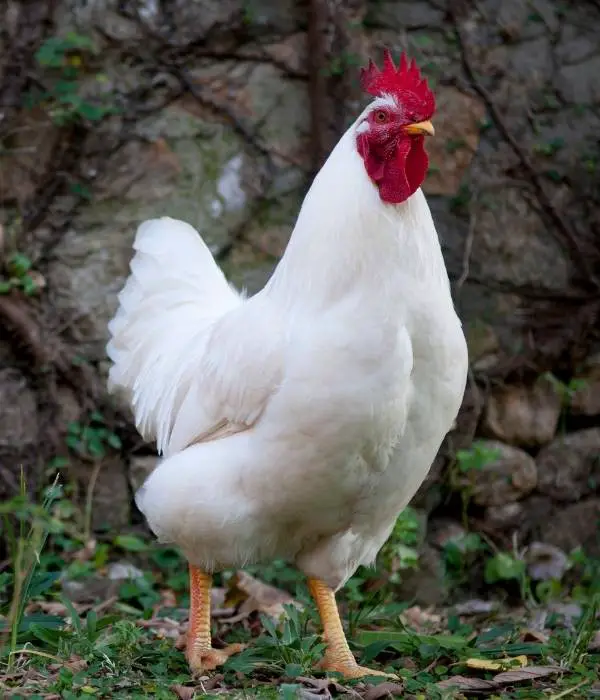
It may be hard for a first-time farmer to tell a rooster from a hen. That need not be the case. You can distinguish the California White rooster and hen by using a few points.
You will find similarities between the roosters and the female fowl. Automatically, the hens lay eggs while the roosters do not. You ought to be keen on their physical structure details to figure this out.
California White Roosters are pale white. The hens have a brighter white color. Also, the roosters have a more muscular and sturdy body.
The Comb and Wattle Color and Size
The rooster’s comb is scarlet or red, conspicuous, larger, and shiny. Its wattle is equally large and long. The hen has a smaller comb and wattle as compared to the rooster. Their color is pale, not as bright as that of the roosters.
Roosters take advantage of their large and conspicuous colored wattle and comb to charm the hens into mating. Feathers are an excellent area to check to get the difference.
Neck feathers
Hens have more rounded feathers on their necks. The feathers are also shorter. On the other hand, the roosters have more pointed and long feathers.
Tail feathers
Roosters possess feathers on their backs. These extend down towards their tail ends to form a short tail. These are called saddles. The hens have rounded tail feathers that are shorter than the roosters.
Legs
Roosters will have thicker legs in any normal circumstance. The hens do not have thicker legs.
Temperance difference between hen and rooster
Roosters are aggressive and like to be domineering over the hens. Hens are always shy and not aggressive at all.
The roosters are noisy, as opposed to the hens, which are calm and reserved. This explains why roosters are not a reasonable pet in urban areas. You can use a “no crow rooster collar” if you don’t like the loud rooster sound.
The Advantages of Breeding and Raising California White Chickens
You will gain awesome benefits from raising California White Fowls. The primary goal driving its creation is and will remain to be egg production. However, with the change in growth, you may also exploit them for their meat.
They lay between 250 and 300 large eggs year-round. This is a great thing because you will have a lot of eggs to sell to customers.You may also consume the eggs in your home to supplement your diet.
California White hens are amiable to owners and outsiders alike. It is easy to manage them and even keep them as pets.
They are not affected by the changes in climatic conditions or their egg-laying. You are sure of the continuous production of eggs. You only need to feed them until they are satisfied.
The fowl are calm and quite reserved. Due to this quality, California White Chicken is a choice for city-dwelling farmers.
They need a small area to rear and breed. Any poultry lover staying in an urban residential area needs not worry about space. California White chickens can be used for both their flesh and eggs (dual-purpose chickens).
Problems in Raising California White Chicken
Nothing worries any poultry farmer more than a fowl ailment. Many of these ailments are quickly mitigated before they escalate. Infections are different because they can kill your flocks in an instant.
As a poultry farmer, be aware of these:
Egg eating by the chicken
This reduces the total quantity of eggs per day. If you solely rely on these for business, you may make huge losses. As a result, your business may take a deep dive.
Molting
Your chicken may cease laying eggs for a while. The time may range from 6 to 12 weeks. Molting results from climate change, particularly during the fall season. If you do not have enough light, you may have to contend with this problem.
During this period, your fowl may not be able to lay eggs. With the California White Chicken, you will experience a slight drop as it can adapt to such changes.
Infectious Diseases
As indicated above, ailments are the worst nightmare a poultry farmer faces. The California Whites, though strong, can succumb to infectious diseases. You ought to be careful when handling your domestic chicken.
The following are some infectious diseases that may affect your California White fowl;
Fowl cholera
Fowl cholera is a dangerous disease that can kill all your chickens. It can make the chicken lame and cause the wattle to swell.
Mareks Disease
It is also contagious in extreme measures. This disease has a high death rate as it has no known treatment. It would help if you vaccinated the offspring when they are a day old to protect your flock from this disease.
Newcastle Disease
It causes the hen to stop laying eggs. Newcastle Disease is viral, spreads fast, and has no ready treatment. Your chicken can survive this threat. Vaccinate and restrict contact with others.
Cannibalism
Stress can lead to cannibalism in California White flocks. A stressed fowl can devour another fowl. This can be a result of;
- Poor feeding of the fowls.
- Lack of water
- They light their rooms brighter and for a longer time than necessary.
- Packing too many of them in a small room.
Chicken Mites Are a Threat
These are tiny pests that affect not only the chickens but also humans. They are so irritating but not a serious threat to your chicken. You will notice when your flock is full of these lice.
Look out for these signs;
- Your chicken starts to lose feathers.
- Your hen reduces egg production.
- You notice bloodstains on their legs.
- Combs and wattles lose their gleaming appearance.
Use a good quality chicken wormer to get rid of mites, lice, and fleas.
Summary
Every poultry farmer desires to run and support a cheaper chicken yard. The California White Fowl is a sure bet to fulfill your fantasy.
You need not look further than this. The California White Hens are great egg producers.
All it requires is a conducive environment and space for free ranging or foraging. In addition, provide an adequate, balanced diet. You will never miss an egg for your clients and household.
Combining the above benefits with its amiable nature makes the California White chicken one of the best fowl to raise in the backyard.
